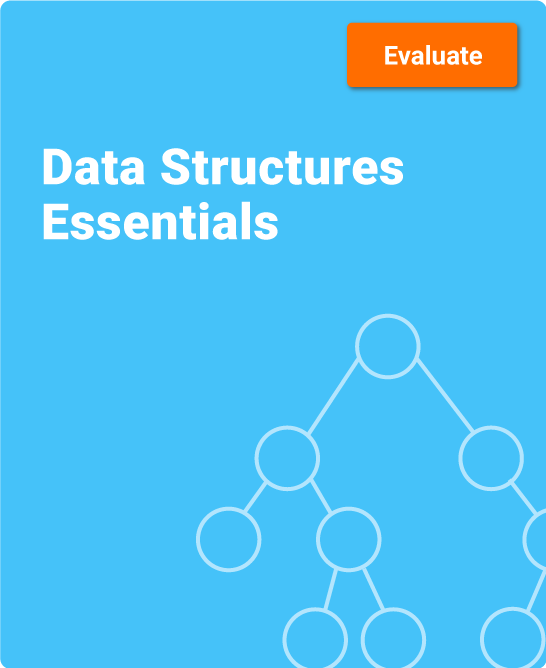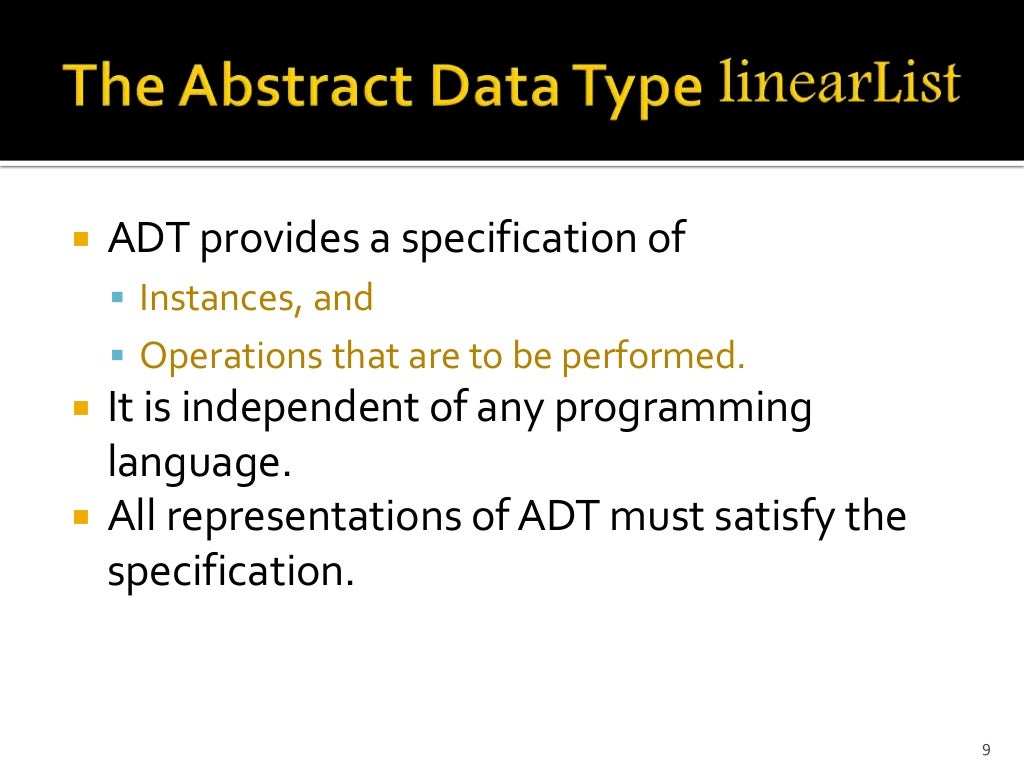

- Use of basic data structures how to#
- Use of basic data structures full#
binary search is in O(log n) time, which means that the time to search for an element is the log (in base 2, implicitly) of the number of elements.

Typically, "big O notation" is used, e.g.
Use of basic data structures how to#
It would help to learn how to analyze time and space performance of algorithms. heaps, binary trees and hash tables etc are non linear data types.Īny ranking of various data structures will be at least partially tied to problem context. Linked lists, stacks, queues, etc are linear data types. Depending on the way the data is accessed data structures are divided into linear and non linear datatypes.
abstract datatypes are composite datatypes that have way to access them efficiently which is called as an algorithm. composite data structures are data structures that are composed of more than one primitive data types.class, structure, union, array/record. primitive data structures are basic building blocks for all data structures, they have a continuous memory for them: boolean, char, int, float, double, string. Now, these data types can be divided into primitive, abstract, composite, based on the way they are logically constructed and accessed. Most of the interviewers dive into data structures that they can afford to discuss in the interviews depending on the time they have, which are linked lists and related subjects. This is a very high level explanation but data structures is a vast subjects. Efficiently managed tells us how best the data can be accessed based on the primary requirement of the end product. In terms of memory again, there are tradeoffs done with the management of data based on cost to the company of that end product. Many times it is a game of memory or faster accessibility of data. This is the answer originally posted by other, less useful links:Īs per my understanding data structure is any data residing in memory of any electronic system that can be efficiently managed. ,networks of communication, data organization etc. 
Graphs - Connections/relations in social networking sites, Routing Priority queues - process scheduling in the kernel Stored and held to be processed later ie the queue performs the Queues - Transport and operations research where various entities are Stack - undo\redo operation in word processors, Expression evaluationĪnd syntax parsing, many virtual machines like JVM are stack oriented.
Use of basic data structures full#
Suffix tree - fast full text searches used in most word processors. Trie - dictionary, such as one found on a mobile telephone for Hash Table - used for fast data lookup - symbol table for compilers,ĭatabase indexing, caches,Unique data representation. Found the list in a similar question, previously on StackOverflow:







 0 kommentar(er)
0 kommentar(er)
